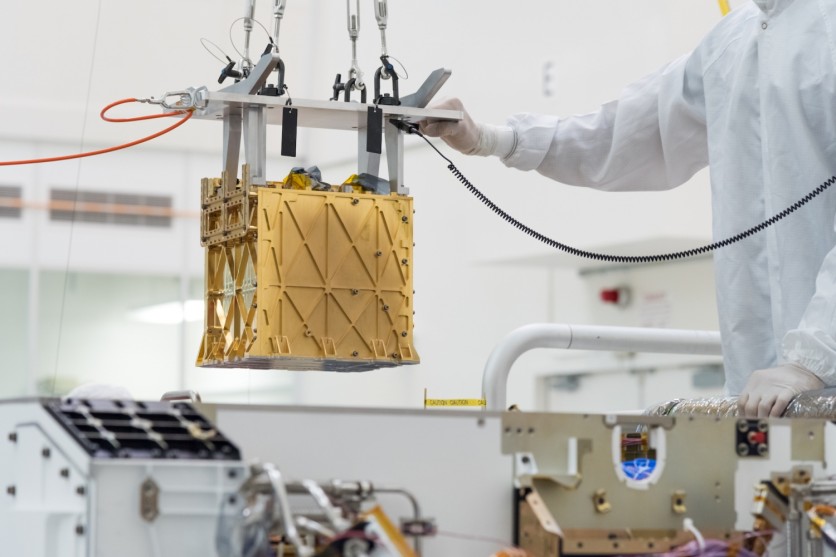The Mars Oxygen In-Situ Resource Utilization Experiment (MOXIE), a tiny, golden box the size of a toaster, was carried to Mars by NASA's robotic Perseverance rover last year of 2021.
And ever since it landed on the Martian surface, MOXIE has been able to produce oxygen from thin air of the Red Planet.
The MIT scientists behind this device have recently revealed that MOXIE has been performing so effectively that its oxygen output is comparable to the rate of a moderate Earth tree's output, as reported first by CNET.
The team disclosed this information in the journal Science Advances last Wednesday, Aug. 31.

Promising for Future Mars Missions
A wealth of data by the end of 2021 demonstrated that MOXIE has consistently produced six grams of oxygen per hour over seven consecutive experimental runs and under a range of atmospheric conditions. This contains the seasons, day and night on Mars, and many more.
"The only thing we have not demonstrated is running at dawn or dusk when the temperature is changing substantially," Michael Hecht, principal investigator of the MOXIE mission at the Massachusetts Institute of Technology's Haystack Observatory, stated in a news release.
"We do have an ace up our sleeve that will let us do that, and once we test that in the lab, we can reach that last milestone to show we can really run any time," Hecht added.
MOXIE's impressive performance is strikingly promising for future Mars explorations.
Elon Musk, the CEO of SpaceX, has stated that he hopes to put people on Mars in 2029, while NASA's impending Artemis I moon mission is intended to pave the way for missions to Mars slated for the 2030s or 2040s.
The fact that MOXIE is so tiny, similar to the size of a toaster, implies that MOXIE could produce far more than merely six grams of oxygen every hour if researchers could somehow increase the size of the patterned cube.
It might someday be able to create oxygen at a rate comparable to several hundred trees, according to the researchers, supporting astronauts on Mars and powering rockets that need oxygen to return a crew to Earth.
Related Article : 'Martian House': UK Designers Build A House That Lets You Experience The Life on Mars
This article is owned by Tech Times
Written by Joaquin Victor Tacla
ⓒ 2025 TECHTIMES.com All rights reserved. Do not reproduce without permission.




